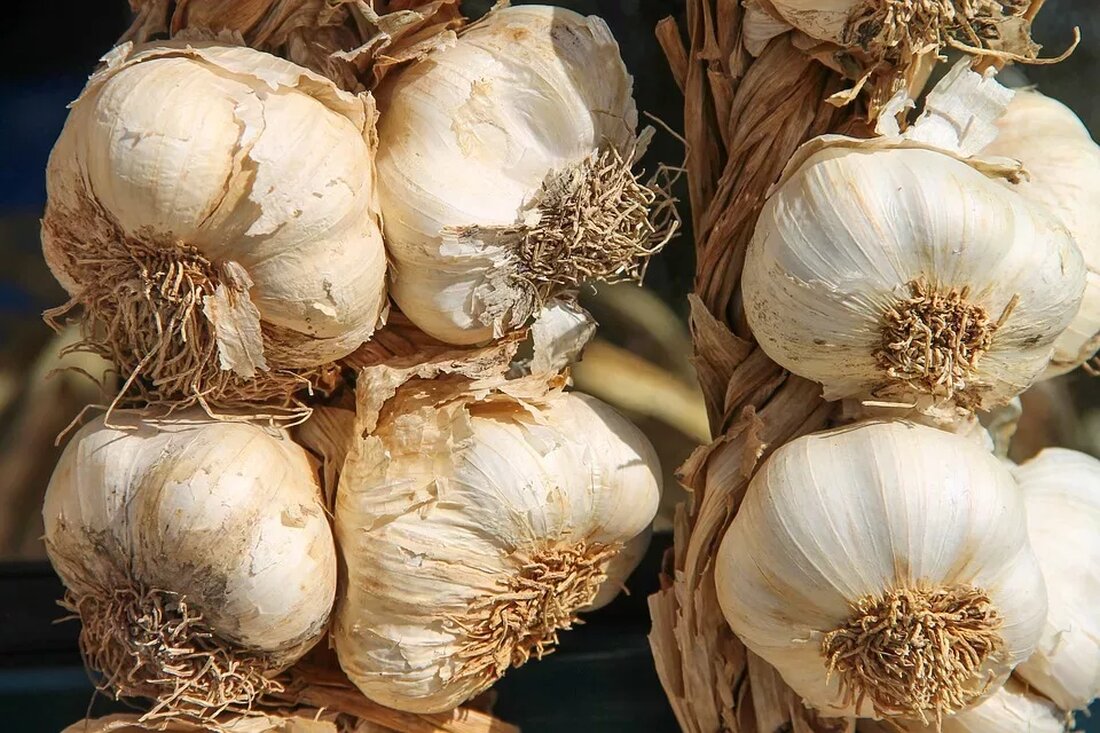Medicinal plants in the high mountains
Medicinal plants in the high mountains In the impressive high mountain regions of this world there are a variety of medicinal plants that have been used by the people living there for centuries. These plants have adapted and evolved to survive in the extreme conditions of high mountains. Their unique properties make them valuable not only for the local population, but also for modern medicine. In this article we will take a look at some of the most interesting medicinal plants found in high mountains. Rhodiola rosea – Rhodiola rosea, also known as roseroot, is a flowering plant that grows mainly in the Alps, the Carpathians ...

Medicinal plants in the high mountains
Medicinal plants in the high mountains
In the impressive high mountain regions of this world there are a variety of medicinal plants that have been used by the people living there for centuries. These plants have adapted and evolved to survive in the extreme conditions of high mountains. Their unique properties make them valuable not only for the local population, but also for modern medicine. In this article we will take a look at some of the most interesting medicinal plants found in high mountains.
Rhodiola rosea – rose root
Rhodiola rosea, also known as rhodiola, is a flowering plant that grows mainly in the Alps, the Carpathians and the Himalayas. It has long been known as an adaptogenic herb that can help the body cope with stress and anxiety. Rhodiola root contains a variety of bioactive compounds such as rosavin, salidroside and tyrosol, which have antioxidant and anti-inflammatory properties.
Studies have shown that rhodiola extract can improve physical endurance and mental performance. Roseroot is believed to aid in stress relief by regulating stress hormones in the body. Additionally, it is thought to improve mood and may be effective against depression.
Gentiana lutea – Yellow Gentian
The yellow gentian, scientifically known as Gentiana lutea, is one of the most famous medicinal plants in the high mountains. It grows in the Alps and Pyrenees and has been used in traditional medicine for centuries. Yellow gentian root contains a substance called amarogentin, which is responsible for the bitter taste and has a variety of medicinal properties.
Yellow gentian is often used to treat digestive problems. It can help regulate stomach acid and aid digestion. In addition, yellow gentian is considered a tonic for the gastrointestinal tract and is said to help with loss of appetite and flatulence. Antimicrobial and anti-inflammatory properties of the plant have also been discovered.
Arnica montana – mountain welfare rental
Mountain welfare, also known as Arnica montana, is an alpine plant native to North America and Europe. It is often used in natural medicine due to its pain-relieving and anti-inflammatory properties. Arnica flowers contain various active ingredients such as helenalin, which have anti-inflammatory properties.
Arnica is often used topically for bruises, sprains, and sore muscles. It can reduce swelling and speed healing of injuries. However, caution is advised as arnica can be skin irritating in high concentrations and should not be applied to open wounds.
Rhododendron anthopogon – Alpine rose rhododendron
The Alpine rose rhododendron, scientifically known as Rhododendron anthopogon, is an evergreen flowering plant found in the high mountains of Europe and Asia. It is known for its antimicrobial and antioxidant properties. The leaves and flowers of rhododendron contain various compounds such as anthocyanidins and catechins, which have powerful antioxidant properties.
The use of Alpine rose rhododendron in traditional medicine includes the treatment of skin conditions such as acne and eczema. The plant's antiseptic properties also make it effective against fungal infections. However, further studies are needed to determine the exact mechanisms of action and dosages.
Rumex acetosa – sorrel
The sorrel, scientifically known as Rumex acetosa, is a perennial plant found in the mountains and high moors of Europe. It is known for its sour taste and use in cooking, but it also has medicinal properties. Sorrel contains oxalic acid, anthraquinones and various vitamins and minerals.
In folk medicine, sorrel is often used to support the digestive system. It can help relieve digestive problems such as heartburn, bloating and constipation. Sorrel is also believed to have diuretic and detoxifying properties.
Conclusion
The high mountain regions of the world are rich in medicinal plants with unique properties. The medicinal plants presented here are just a few examples of the diversity and benefits of these plants. Although they have been used in traditional medicine for centuries, modern science is also increasingly researching them.
It is important to note that the use of medicinal plants should be done with caution. Some plants can have side effects or interact with medications. Therefore, always consult a doctor or an experienced professional before using medicinal plants for medicinal purposes.
Sources:
– https://www.ncbi.nlm.nih.gov/pmc/articles/PMC3991026/
– https://www.ncbi.nlm.nih.gov/pmc/articles/PMC5547863/
– https://www.ncbi.nlm.nih.gov/pmc/articles/PMC4923703/
– https://www.ncbi.nlm.nih.gov/pmc/articles/PMC3834528/
– https://www.ncbi.nlm.nih.gov/pmc/articles/PMC5978541/

 Suche
Suche
 Mein Konto
Mein Konto
